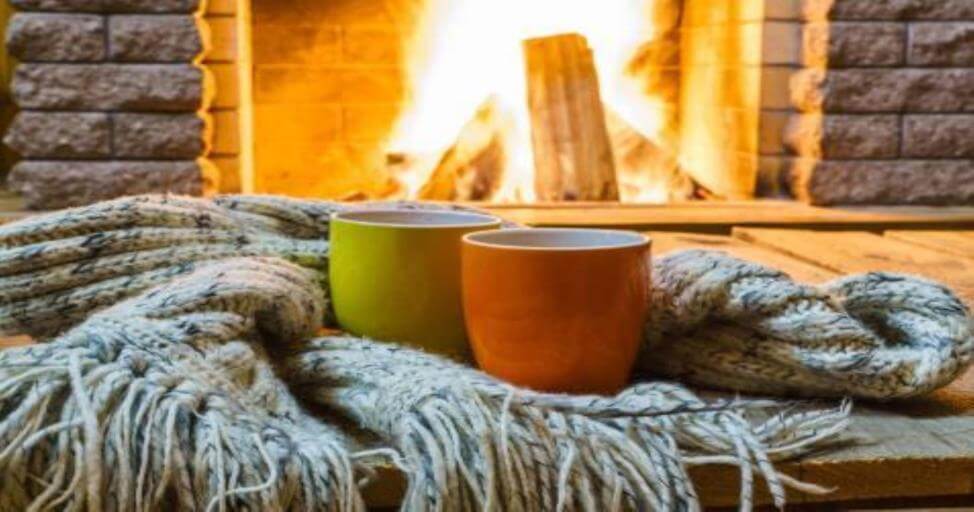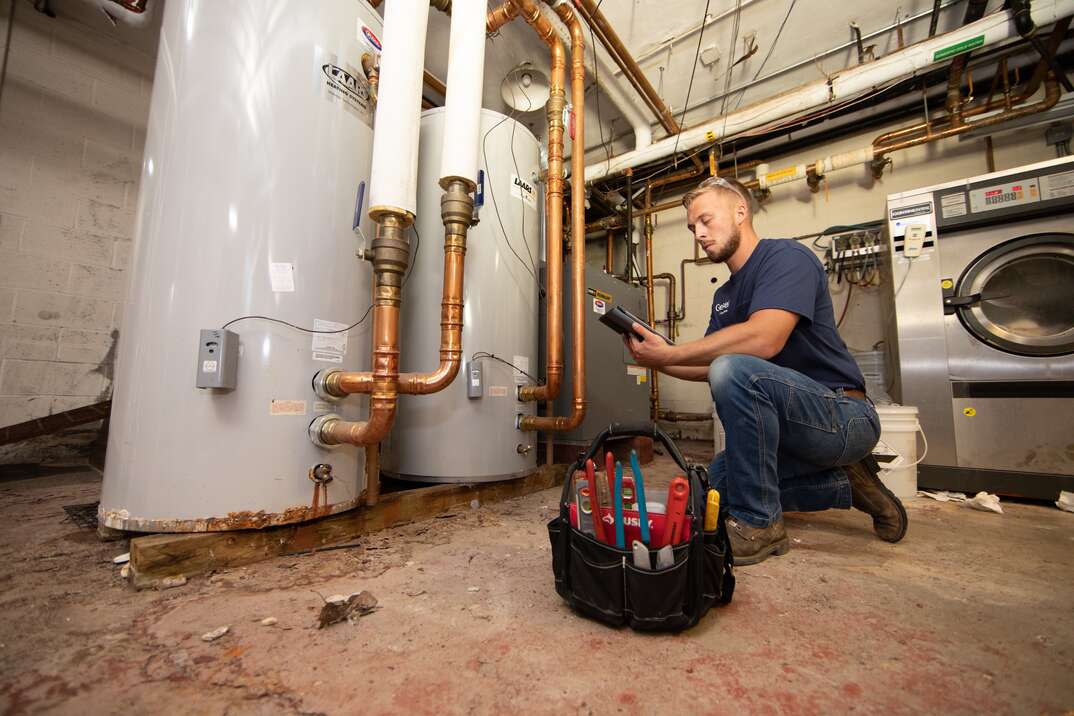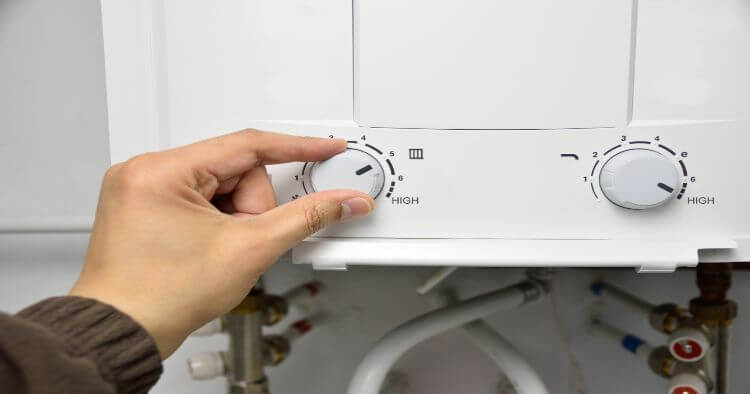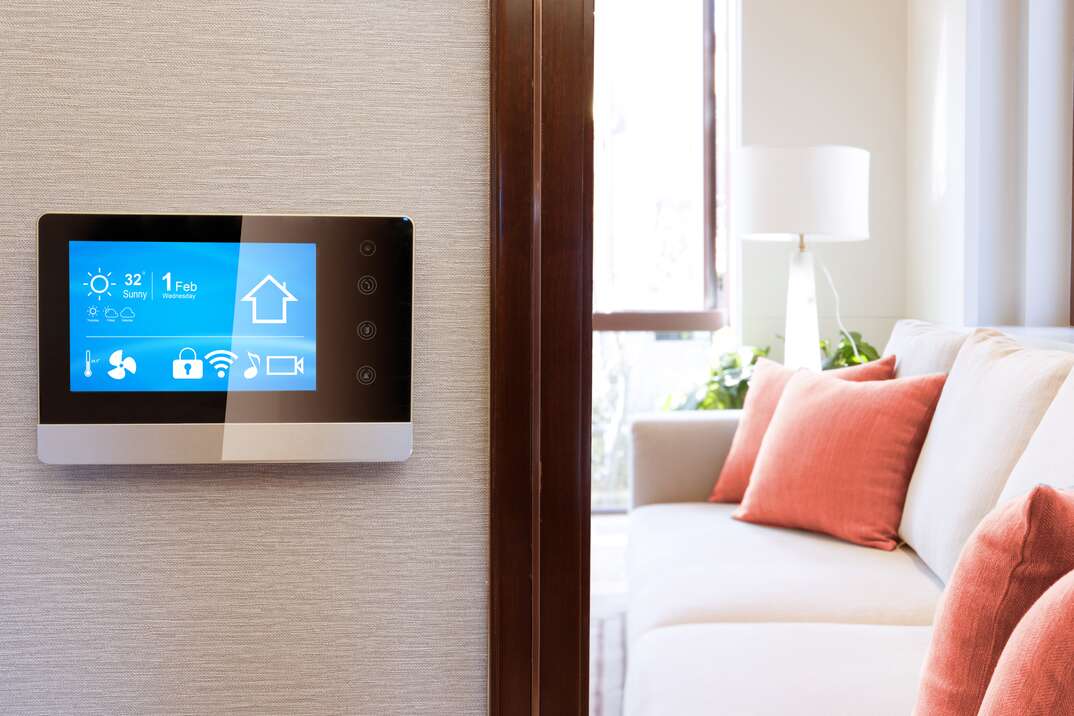Heating with a Fireplace: Most common questions

Before the advent of modern heating solutions, people relied on nature's power to stay warm in the winter. So who's to say you can't still use a fire to warm your house?
Here's what to know about heating with a fireplace:
Understanding zone heating
Unlike central heating, the warmth of a fire in one room doesn't extend to others. This can actually be good news for your monthly bills, and makes your fireplace the perfect way to practice zone heating. The idea is to warm specific areas of your home, typically only heating the area that you're in at that moment. That way, you don't waste money heating rooms that aren't being used.
Knowing the types of fireplaces
Wood-burning fireplaces create the classic look and feel of a cozy fire, but some experts recommend gas models for greater efficiency in retaining heat and warming the room.
Installing a fireplace insert for more heat
As heat naturally rises, most of the warmth produced by your fireplace immediately exits the room up through the chimney. However, an insert can upgrade your fireplace to a more efficient room heater. Rather than letting the heat escape, an insert blows the warm air back into your home. According to House Logic, you can even cut heating costs by 10 to 40 percent with a fireplace insert.
Staying safe
When fire is involved, safety is always of utmost importance. Wood-burning stoves and fireplaces especially require careful attention, so follow these tips to stay safely warm. Gas and wood-burning fireplaces can also emit harmful gases, so you need to be safe and be prepared with a working carbon monoxide detector.
Following the best tips and tricks
The chimney experts at Chimney and Wildlife suggests closing doors and windows when you have a fire going to make sure the warmth doesn't sneak outside. Home Guides by SF Gate also advises cleaning your chimney at least once a year to make sure air flow remains optimal. Additionally, if you have a wood-burning fireplace, keep in mind that energy-dense firewood like oak and maple aren't always as hot when burning. Home Guides suggests Douglas fir for sufficiently hot wood that doesn't burn out too fast.
Being prepared for home repairs is always a good strategy. See how plans from HomeServe can help with the costs of covered repairs.


